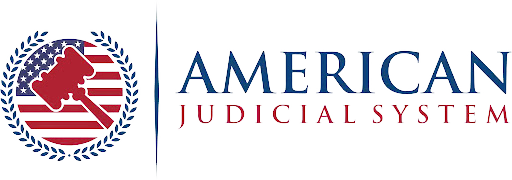No company expects a lawsuit to reshape its future. But most recognize that the fallout from big legal battles touches every corner of operations.
Financial giants in 2024, for instance, watched as billion-dollar verdicts triggered sweeping internal changes—controls rewritten, compliance standards upgraded overnight. One high-profile case after another forced boardrooms everywhere to rethink risk from the ground up.
Curious about how these cases change what leaders do next? Read along for real-world lessons and strategies that smart companies use today.
Internal Controls Become a Company’s First Line of Defense
In late 2024, Barclays found itself under fire in Manhattan after shareholders claimed the bank sold $17.7 billion more in debt than regulations allowed. Weak tracking systems and a lack of proper checks made this overstep possible, exposing costly gaps that regulators and investors couldn’t ignore.
Then came March 2025, with Deutsche Bank’s operations manager Noah Ramos alleging severe breakdowns in oversight. That case is ongoing (as of June 2025) but could set a precedent if Ramos wins.
Real-world disputes like these prove internal controls are only valuable when truly effective, not just paperwork for auditors to file away.
Leaders Learn To Prioritize Proactive Risk Assessment
Investors dread the thought of vanished funds and empty promises. Confidence plummets if leaders can’t show where risk is managed and losses prevented before disaster strikes.
Look at MTA v. Allianz. When AllianzGI failed to keep proper checks, they lost nearly $200 million of MTA’s investments in a single crisis period. A significant confidential settlement followed, putting all eyes on how businesses evaluate exposure and respond early.
High-profile outcomes like the Allianz settlement remind decision-makers that planning for legal challenges isn’t optional but essential to safeguard every stakeholder involved.
Corporate Culture Shifts Toward Accountability After Legal Losses
Nobody wants to be the next headline for the wrong reasons. When courts or regulators call out missteps, companies see fast shifts in what people value at work and how they report problems.
A culture of accountability starts with clear roles and real consequences, not just slogans. People need both training and open doors to speak up safely.
Some ways culture change appears:
- Transparent reporting lines
- Real consequences for lapses
- Open discussions about mistakes
- Leadership modeling responsibility
- Whistleblower protection policies
New Technologies Support Early Detection of Compliance Gaps
Surprises in compliance often cost much more than planned fixes. Companies now use smart technology tools that catch trouble before it grows.
Popular solutions include:
- AI-powered document review systems
- Real-time transaction monitoring platforms
- Automated audit trail generators
- Predictive analytics for fraud signals
With such tools in place, mistakes are flagged more easily. Teams move faster and act sooner. For many businesses, early alerts mean the difference between minor corrections and a public crisis.
Insurance Strategies Evolve to Address Legal Exposures
Think of corporate or business insurance as a life jacket—only valuable if it fits well when the waves hit. When Volkswagen faced Dieselgate in 2015, routine policies barely scratched the surface of their real risk. Recall costs, government penalties from the EPA, and lawsuits left deep scars.
Today, businesses want more than cookie-cutter coverage. Specialty crisis-first plans, legal expense riders, custom D&O Side-A-plus add-ons, and even standalone independent risk options now get attention. That’s as leadership tracks new trials like former VW CEO Martin Winterkorn’s for lessons on what works.
Regulatory Relationships Take Center Stage in Prevention Efforts
Few things change a risk strategy like a direct call from regulators. Staying ahead means more than simply following rules—it’s about keeping the lines open, asking for guidance early, and building trust.
Ongoing contact lets companies spot problems sooner and often negotiate solutions before issues turn public. The result is fewer surprises and stronger confidence when it comes to meeting standards that keep operations safe from disruption.
Board Involvement Deepens During and After Lawsuits
Yes, some lawsuits get corporate leaders thinking “Are we next? Could we be up for the same fate?” That’s when looking through the lens of others in litigation. When the lawsuit affects your own company, boardrooms become homes.
Directors ask tougher questions. They expect detailed updates on legal risk and want full transparency about lessons learned.
Many now attend compliance briefings in person and review case studies line by line to understand what truly went wrong, because sometimes only lived experience prompts real change at the top.
Complex lawsuits remind leaders that solid risk management shapes a company’s future, not just its balance sheet. Staying alert to new threats and learning from others’ missteps builds resilience in ways that quick fixes never could. And, the importance of being proactive cannot be overstated.










